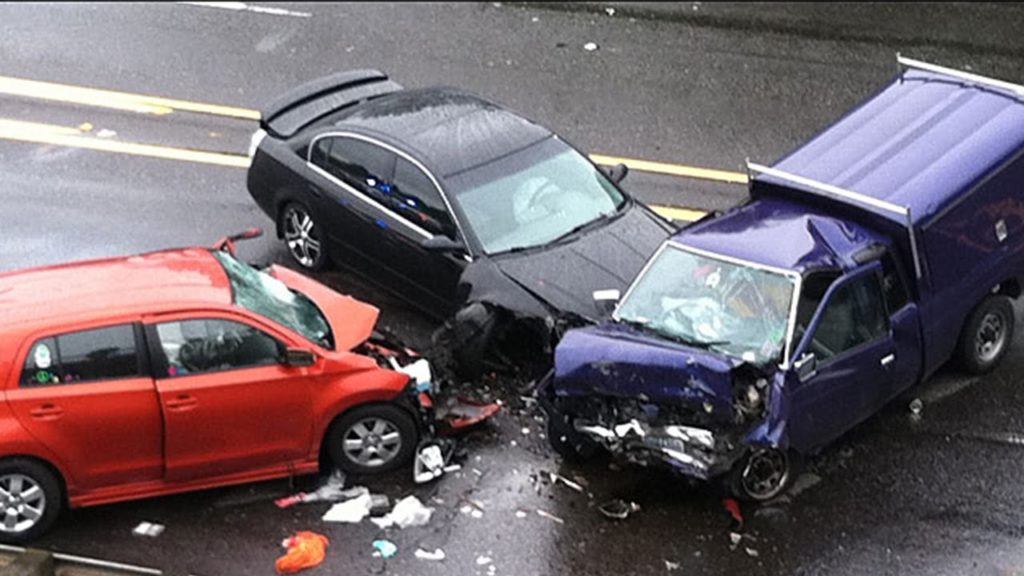 [Forgot to post this. No longer topical.]
[Forgot to post this. No longer topical.]
Today, as on so many other days, America crouched in fear.
Why must history always repeat? We talk, and wring our hands, and promise to fix the problem, and yet here we are again: the quietness shatters like glass, and the air turns lethal. Once again, The United States is in the grip of an op-ed writing spree.
Right now, there are countless journalists picking firing words at defenseless strangers. Even as you read this, a delusional madman, prompted only by mental illness and a fetishistic need for attention, is about to unleash the terrifying staccato noise of a fully automatic keyboard.
In a just world, there would be a law banning civilians from owning unlicensed opinions. But thanks to lobbying by pro-opinion activists, American still labours under the loathsome “First Amendment”, allowing any psychotic to spray rapid-fire opinions at defenseless people.
Here is one shell casing. The NY Times declares that regulations in cars reduced the number of deaths via car, and that regulation for guns might produce a similar effect.
There’s a joke about economists who try to calculate the value of cows from the price of a steak in a restaurant. The NY Times appears to be doing the same thing, except the steak has already been processed through someone’s lower intestine.
They’ve taken a summary statistic (deaths per 100 million vehicle miles travelled), put it on a bar graph, and are implying that various regulations are the reason for the decrease. This sort of thing is difficult unless you know exactly how the sausage is made (ideally, the process should be reversible, with all the input variables known). Does the NY Times know this? Does anyone?
Urban roads are far safer than those in rural areas: “Based on data from 2009, highways in rural areas have a fatality risk that is 2.7 times greater than that in urban areas. In general the lower average speeds, greater provision of lighting, greater deployment of traffic control devices and fewer curves in urban areas more than compensate for factors such as the greater number of intersections and the presence of pedestrians.” Over the relevant period, the urban population of the US increased from around 50% of the total to nearly 90%. Could this affect anything?
Cars are safer and more reliable than they were in the 1950s. In some ways this is driven by regulatory requirements, such as the ones in the NY Times article. In other cases, they’re clearly not. Safer cars are more marketable, and I would expect them to out-compete unsafe cars. Early vehicles (such as the 1936 Cadillac had rigid dashboards, studded with knifelike projections. These were replaced with padded polyurethane dashboards, not through law, but apparently largely through market demands.
I’d also wonder about medical care, which is better today than it was in the past. This should have a reductive effect on car mortality, completely orthogonal to government regulation. If I stab someone in the chest in 2017, they’ll rush him to emergency, stabilize the injury, obtain a chest radiograph, perform an orotracheal intubation, clean the wound with saline, and if God is good, he might survive. If I stab someone in 1917, there’s probably nothing anyone can do.
You’ve got a summary statistic generated by a very complicated picture of background facts, and I don’t think we can even learn anything about car regulation from it, let alone gun regulation.
No Comments »
Comments are moderated and may take up to 24 hours to appear.
No comments yet.
